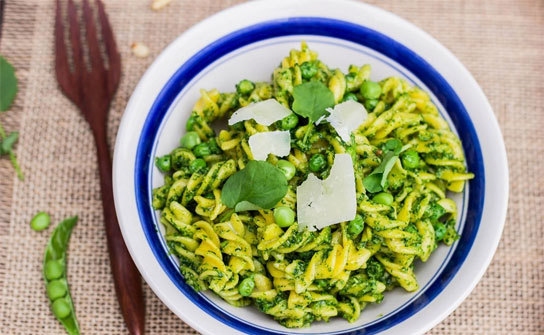 October-03-2023
October-03-2023
View: 0

Watercress is a popular green across the globe, and for good reason. It’s the healthiest leafy vegetable on the planet.
Watercress, the vibrant green aquatic plant that thrives in flowing water, has been a culinary and medicinal gem for centuries. With its peppery flavor and impressive nutritional profile, watercress is a versatile and highly nutritious addition to your diet. In this article, we will explore the many health benefits of watercress and provide a delightful processing recipe to showcase its culinary versatility.
The Nutritional Powerhouse:
Watercress, botanically known as Nasturtium officinale, belongs to the Brassicaceae family, which includes other cruciferous vegetables like broccoli, kale, and cabbage. Despite its humble appearance, watercress packs a powerful nutritional punch.
1. Rich in Vitamins and Minerals: Watercress is an excellent source of vitamins A, C, and K. Vitamin A is crucial for maintaining healthy vision, skin, and the immune system. Vitamin C acts as an antioxidant, protecting cells from damage, and supporting collagen production for healthy skin and joints. Vitamin K plays a vital role in blood clotting and bone health.
2. Antioxidant Properties: Watercress is brimming with antioxidants, including beta-carotene and flavonoids. These compounds help neutralize harmful free radicals in the body, reducing the risk of chronic diseases and aging.
3. Low in Calories: For those watching their calorie intake, watercress is a fantastic option. It's incredibly low in calories, making it an excellent choice for weight management.
4. High in Nutrient Density: Nutrient density refers to the amount of essential nutrients packed into a food item compared to its calorie content. Watercress is one of the most nutrient-dense foods you can find, making it a smart choice for those aiming to maximize their nutrition.
Health Benefits:
Beyond its impressive nutritional profile, watercress offers several health benefits:
1. Supports Bone Health: The high vitamin K content in watercress is essential for bone health. It aids in calcium absorption and helps maintain strong, healthy bones.
2. Immune System Booster: Vitamin C is known for its immune-boosting properties. Regular consumption of watercress can help your body fend off illnesses and infections.
3. Heart Health: Antioxidants in watercress, like beta-carotene and flavonoids, may lower the risk of heart disease by reducing inflammation and improving blood vessel function.
4. Skin Health: Vitamin A and C in watercress contribute to radiant and healthy skin. They promote collagen production and protect against UV damage.
5. Cancer Prevention: Some studies suggest that watercress may have cancer-fighting properties due to its high content of antioxidants and phytonutrients. However, more research is needed in this area.
A Delicious Recipe: Watercress Pesto Pasta
Now that we've explored the myriad health benefits of watercress, let's delve into a mouthwatering recipe that showcases its culinary versatility.
Ingredients:
Instructions:
1. Prepare the Watercress:
2. Toast the Pine Nuts:
3. Blend the Pesto:
4. Cook the Pasta:
5. Toss and Serve:
6. Enjoy:
Incorporating watercress into your diet not only elevates the flavor of your meals but also offers a wide array of health benefits. From supporting your immune system to promoting bone health and providing essential vitamins and minerals, watercress is truly a green treasure worth savoring. Whether you enjoy it in a refreshing salad or as the star ingredient in a delicious pesto pasta, watercress deserves a place in your culinary repertoire. So, why not make your next meal a vibrant and nutritious one by incorporating this delightful aquatic green into your dishes? Your taste buds and your health will thank you.